-
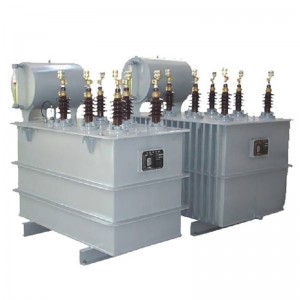
HYTBBH series high voltage collective capacitor compensation device
Application HYTBBH series frame type high-voltage reactive power compensation complete set is used in 6kV, 10kV. Power supply environment, increase the transmission capacity of power transmission and transformation equipment.
-
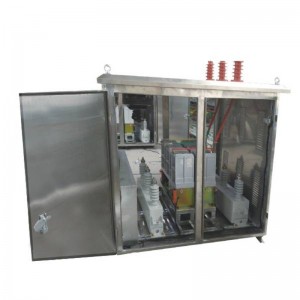
HYTBBW column-mounted high-voltage reactive power compensation device
Product Introduction HYTBBW series high-voltage line reactive power compensation intelligent device is mainly suitable for 10kV (or 6kV) distribution lines and user terminals, and can be installed on overhead line poles with a maximum working voltage of 12kV. To improve power factor, reduce line loss, save electric energy and improve voltage quality.
-
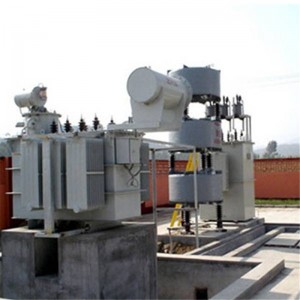
HYTBBT voltage-adjusting and capacity-adjusting high-voltage reactive power compensation device
Product introduction At present, the electric power department attaches great importance to energy saving and loss reduction. Starting from the management of voltage and reactive power, a large amount of money has been invested to develop a lot of voltage and reactive power management software. VQC and on-load voltage regulation have been installed in many substations. Transformers, reactive power compensation shunt capacitor banks and other equipment, the voltage quality is improved.
-
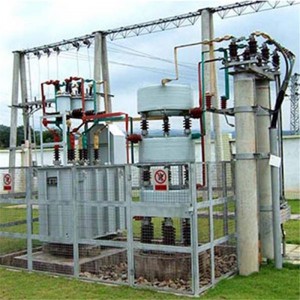
HYTVQC substation voltage dynamic reactive power compensation device
product description In recent years, with the popularization of computer application technology and the improvement of power technology level, some electric power departments and scientific research institutes have successively developed and developed automatic switching devices for 10 kV busbar compensation capacitors, that is, the main transformer of the substation The adjustment of the tap and the switching of the capacitor are considered comprehensively, which not only ensures the voltage qualification rate, but also ensures the maximum input of the capacitor.
-
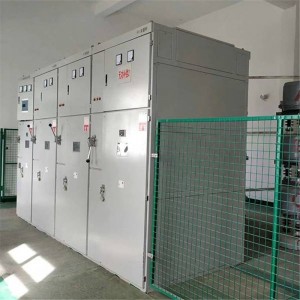
HYMSVC series high voltage dynamic reactive power compensation device
MSVC magnetically controlled dynamic reactive power compensation complete set is a reactive power compensation and voltage optimization automatic control device integrating MCR, capacitor group switching and transformer on-load voltage regulation functions. MCR is a “magnetic valve” type controllable saturable reactor, which changes the magnetic saturation of the iron core through the excitation of the DC control current, so as to achieve the purpose of smoothly adjusting the reactive power output. Due to the grouping of capacitors, it realizes two-way dynamic continuous adjustment of reactive power. In addition, the MCR capacity only needs to be close to the maximum capacity of a single group of capacitors to achieve reasonable compensation requirements, reduce equipment costs, and greatly reduce operating losses.
-
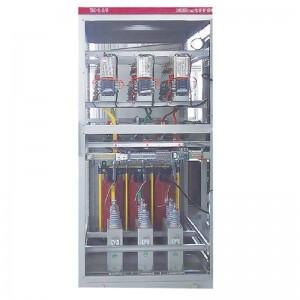
HYTSC type high voltage dynamic reactive power compensation device
The high-voltage TSC dynamic reactive power compensation device adopts an all-digital intelligent control system, and uses high-power thyristors in series to form a high-voltage AC non-contact switch, which can realize fast zero-crossing switching of multi-stage capacitor banks. High-voltage TSC dynamic reactive power compensation device response The time is less than or equal to 20ms, and the impact load and time-varying load can be monitored in real time and dynamically compensated to achieve the goal of power factor compensation above 0.9; at the same time, this product absorbs foreign advanced technology, which solves the problem of complicated voltage regulation and easy control switch in the existing compensation methods. It has the dual functions of dynamically compensating reactive power and stabilizing system voltage due to the disadvantages of impact and short service life, and its technical level is domestically leading. At the same time, the product has the characteristics of significantly reducing network loss, saving electric energy, and improving power supply quality, which can bring huge economic and social benefits to users.
-
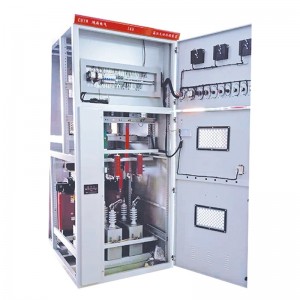
HYTBB series medium and high voltage reactive power compensation device-cabinet type
HYTBB reactive power compensation capacitor cabinet is used in rated voltage 1kV~35kV power frequency power system, as a parallel capacitor bank, to compensate the inductive reactive power in the system, to improve the power factor of the power grid, improve the quality of distribution voltage, reduce losses, increase The supply capacity of power equipment is used to obtain safe, reliable and economical operation of the power distribution system, and the series reactor has the function of suppressing harmonics to ensure the safe and reliable operation of the device itself and the connected grid.
-
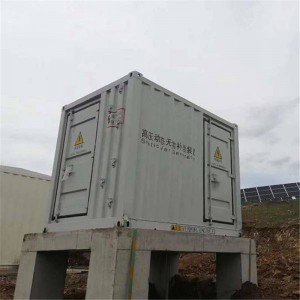
-
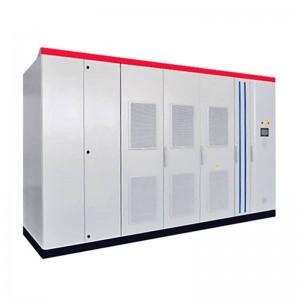
Special filter compensation device for HYFCKRL series submerged arc furnace
Submerged arc furnace is also called electric arc furnace or resistance electric furnace. One end of the electrode is embedded in the material layer, forming an arc in the material layer and heating the material by its own resistance. It is often used for smelting alloys, smelting nickel matte, matte copper, and producing calcium carbide. It is mainly used for reducing smelting ores, carbonaceous reducing agents and solvents and other raw materials. It mainly produces ferroalloys such as ferrosilicon, ferromanganese, ferrochrome, ferrotungsten and silicon-manganese alloy, which are important industrial raw materials in the metallurgical industry and chemical raw materials such as calcium carbide. Its working feature is to use carbon or magnesia refractory materials as the furnace lining, and use self-cultivating graphite electrodes. The electrode is inserted into the charge for submerged arc operation, using the energy and current of the arc to smelt metal through the energy generated by the charge and resistance of the charge, feeding successively, intermittently tapping iron slag, and continuously operating an industrial electric furnace. At the same time, calcium carbide furnaces and yellow phosphorus furnaces can also be attributed to submerged arc furnaces due to the same use conditions.
-
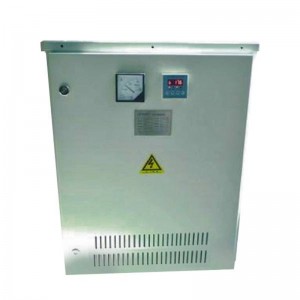
HYLX neutral current sink
There are 3, 6, 9, and 12 harmonics in zero-sequence harmonics in the neutral line. Excessive current in the neutral line will easily cause the circuit breaker to trip, and the heating of the neutral line will seriously cause fire safety hazards.
-
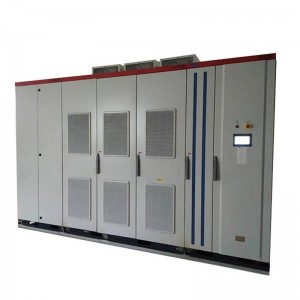
HYFC series low voltage static passive filter compensation device
HYFC type power filter compensation device is an economical tuning filter and compensation equipment, which is composed of professionally designed and manufactured filter reactors, filter capacitors, filter resistors, contactors, circuit breakers and other components to form a specific frequency tuning filter branch. Under the resonant frequency, XCn=XLn can form an approximate short-circuit circuit for the relevant harmonics, effectively absorb and filter the characteristic harmonics of the harmonic source, compensate reactive power, improve the power factor and eliminate the harmonic pollution of the power grid. The device adopts comprehensive protection control, easy to use. The tuning filter branch adopts computer simulation design, analyzes and calculates according to the actual situation of users, so that the operation of the device can achieve the best effect, the use of electrical equipment can maximize the potential, and win more economic benefits for users.
-
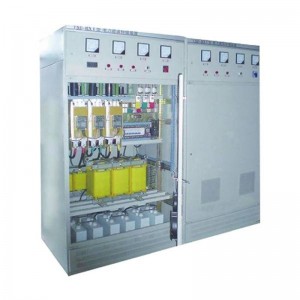
HYTSF series low voltage dynamic filter compensation device
With the improvement of the country’s industrialization level, all walks of life have higher and higher requirements for the quality of the power grid. At the same time, industrial automation uses a large number of rectifiers, frequency converters, intermediate frequency furnaces and automatic welding equipment to generate a large number of harmonics, which makes the voltage and current in the system. Waveform distortion causes the quality of the power grid to deteriorate, and the harm of harmonics has become the main public hazard of the power grid. In order to filter out the harmonics on the power supply system, using a harmonic filter reactive power compensation device is one of the best methods.